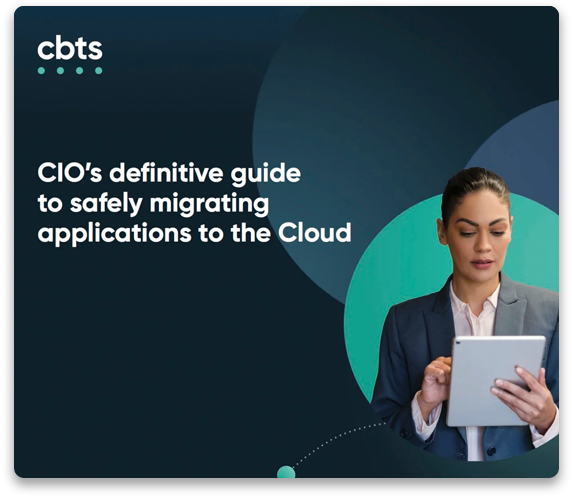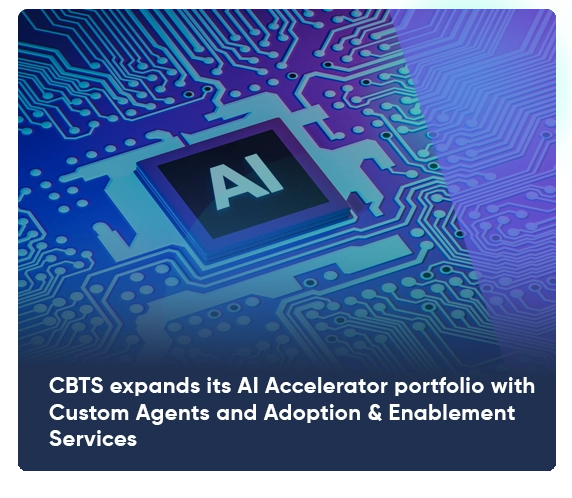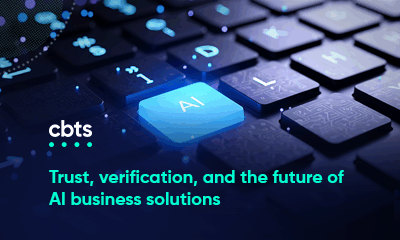
Artificial intelligence (AI) is transforming the way businesses operate by generating massive amounts of data, ripe for deriving insights to personalize customer experiences or gain more efficiency. As AI becomes more widely adopted, the demand to make sense of that data with more sophisticated analytics will only grow.
In short, the more companies use AI, the more they need a robust foundation for analyzing the data it produces. That is where AI for data analytics comes in. AI itself can turn that data into gold.
More AI means more data to analyze
One of the often-overlooked realities of AI adoption is that it generates even more data. Every time an AI model makes a prediction, engages with a customer, or automates a business process, it creates new data points that must be tracked, stored, and critically analyzed to reap business benefits.
For example, a retail company using AI to make personalized product recommendations will collect data on how customers respond to those suggestions. Are they clicking? Are they purchasing? Without a data analytics system in place to evaluate these outcomes, businesses risk making decisions based on incomplete or misleading information.
And AI for data analytics is not just about training the model— it is also about monitoring, measuring, and improving its performance over time. Analytics helps organizations:
- Validate AI outputs for accuracy, fairness, and effectiveness.
- Detect issues such as model drift or bias.
- Refine AI strategies based on real-world results.
- Derive valuable insights to make better business decisions.
Why use AI to analyze the data it generates
Humans can do so much to derive actionable insights from AI-generated data. But when they work with AI, they create a powerful force known as augmented intelligence. Rather than replacing human expertise, augmented intelligence enhances it—allowing people to make better, faster, and more informed decisions.
This synergy is already delivering results across industries. In healthcare, clinicians use AI-powered analytics to detect early signs of disease. In logistics, companies use real-time data to reroute shipments and avoid delays. In finance, analysts rely on predictive models to manage risk and identify market opportunities.
The tools and teams you need for a robust data analytics infrastructure:
- The ability to integrate data from multiple platforms and silos.
- Tools to visualize trends and patterns at scale.
- Real-time insights to drive timely decisions.
- Standards to measure and improve performance.
By investing in analytics alongside AI, businesses unlock more than automation—they unlock intelligence.
Tapping the power of AI to derive valuable insights
Using AI for data analytics means applying AI—especially machine learning and natural language processing—to extract insights from data more efficiently and accurately than traditional methods. AI can help automate data gathering from multiple sources, such as websites and databases. It can clean up and organize data by detecting duplicate customer identities or identifying patterns in unstructured data like texts and images.
Learn more: AI growth increases demand for hybrid cloud security
AI is capable of many significant contributions, including:
- Generating real-time analysis, such as providing dashboards that highlight key metrics or answering natural language questions like “What were our top-selling products last quarter?”
- Helping with recognizing patterns and making predictions
- Spotting correlations between data points that humans might miss
- Predicting outcomes such as sales trends or customer churn
- Segmenting data, which might make it easier in the retail industry, for example, to group customers by demographics and better target sales offers
- Using natural language processing capabilities to augment your teams’ abilities to analyze text data from sources like social media, customer feedback, or survey responses, and provide quick summaries or explanations of that complex data.
These and more robust capabilities ultimately support human decision-making, enabling them to take action based on AI-generated insights.
The case for a guide to implement AI for data analytics
Many businesses have already deployed AI to automate tasks, serve customers, and so much more. But they may not be making the most of the data AI generates because of limited resources, legacy systems, and gaps in talent. That is where a managed services firm can play a critical role.
A trusted managed services provider can help organizations design and execute a data strategy aligned with business goals. Partnering with experts allows businesses to scale their AI initiatives faster and more confidently—without building everything from scratch. And as AI adoption accelerates, having the right data analytics strategy in place will separate companies that innovate from those that fall behind.
CBTS experts can guide on your journey to implementing AI for data analytics. Contact CBTS today to learn more.





















